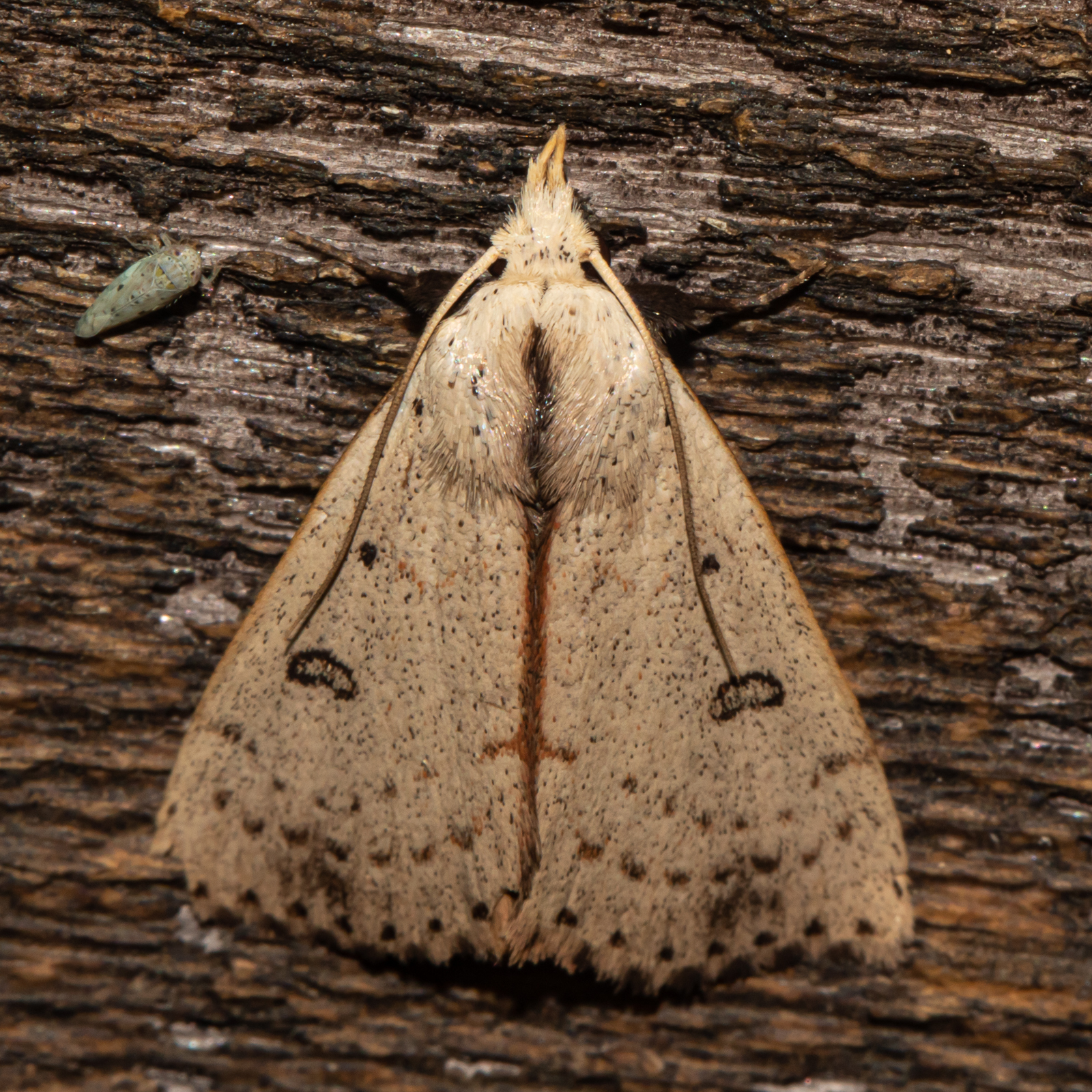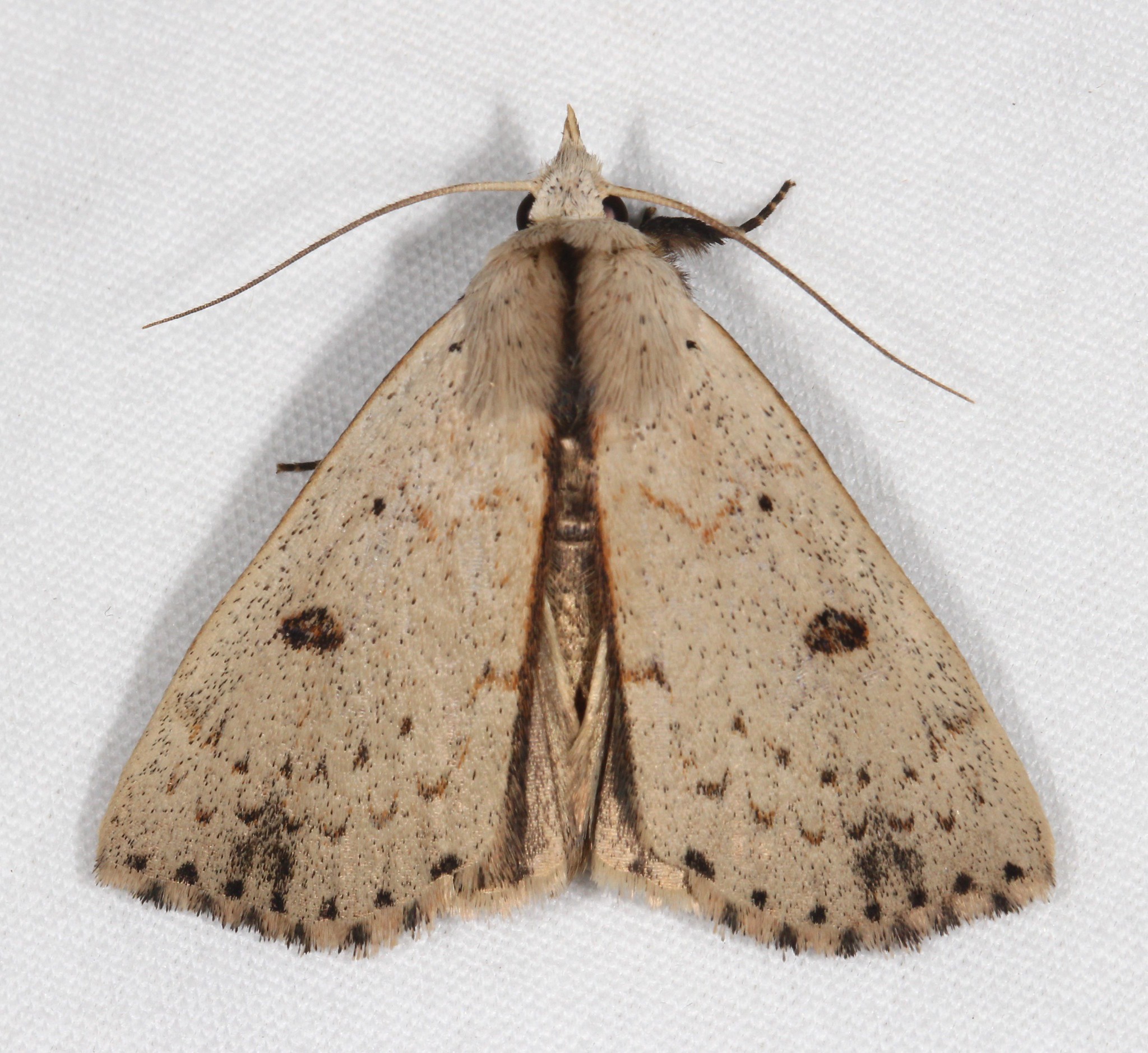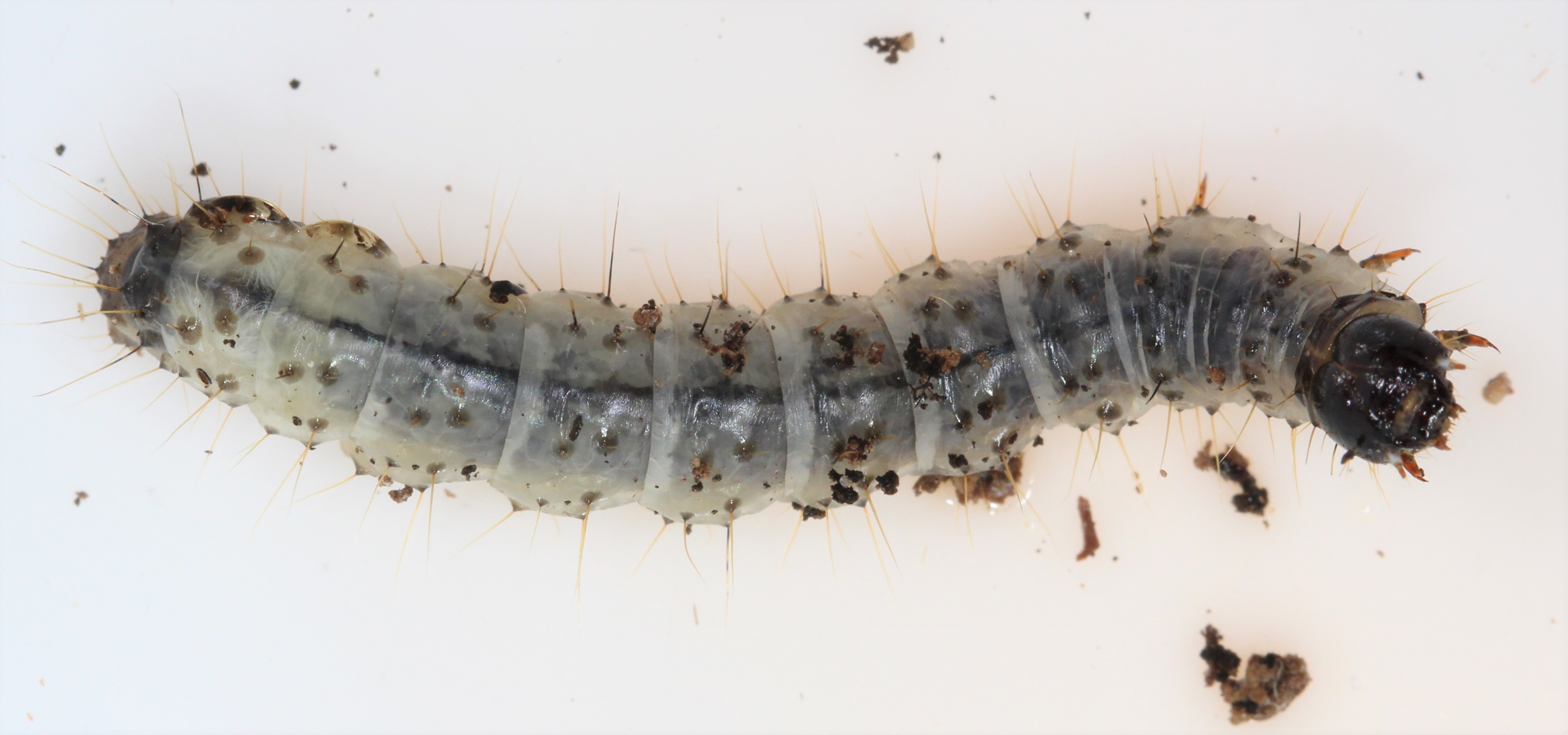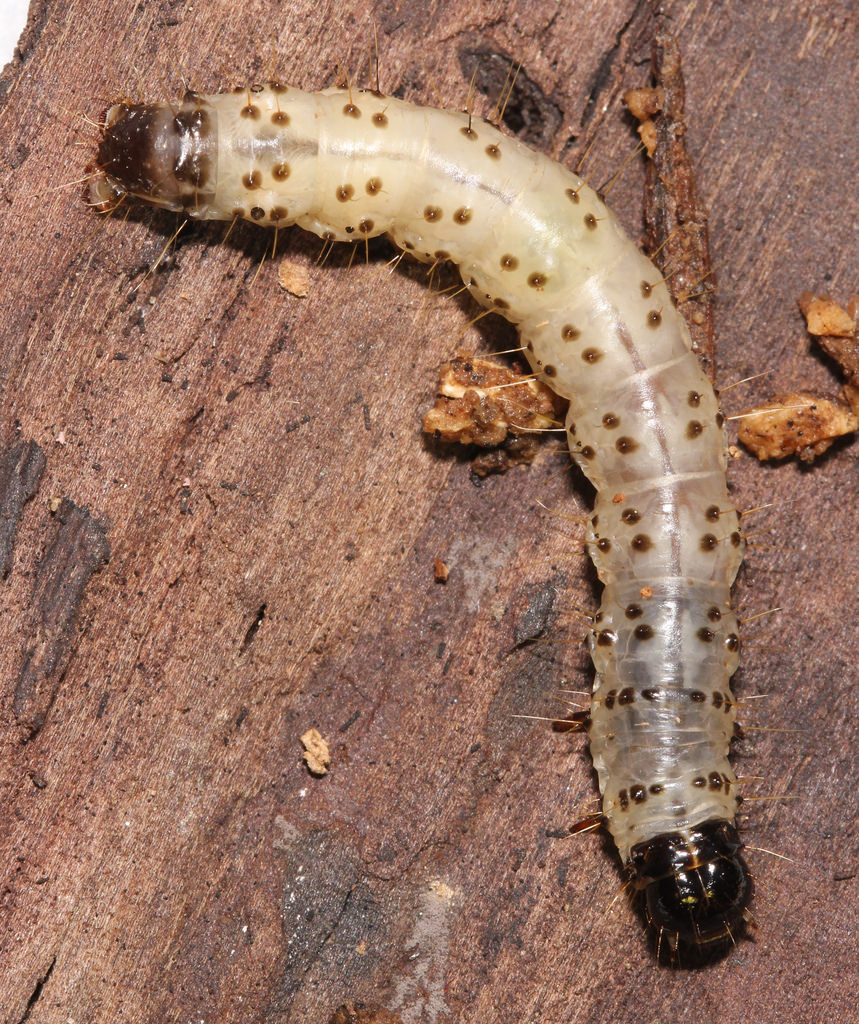Map Snapshot

























313 Records
Seasonality Snapshot
Use of media featured on Maryland Biodiversity Project is only permitted with express permission of the photographer.
A Deadwood Borer Moth in Baltimore Co., Maryland (7/14/2014).
View Record Details
Media by
Emily Stanley.
A Deadwood Borer Moth in Calvert Co., Maryland (6/4/2019).
View Record Details
Media by
Ben Springer.
A Deadwood Borer Moth in Wicomico Co., Maryland (8/4/2014).
View Record Details
Media by
Mike Burchett.
Deadwood Borer Moth in Howard Co., Maryland (7/15/2017). (c) Timothy Reichard, all rights reserved.
View Record Details
Media by
Timothy Reichard.
A Deadwood Borer Moth in Cecil Co., Maryland (7/19/2015). Verified by Roger Downer/BAMONA.
View Record Details
Media by
Shannon Schade.
Deadwood Borer Moth in Anne Arundel Co., Maryland (6/23/2019). (c) Timothy Reichard, all rights reserved.
View Record Details
Media by
Timothy Reichard.
A Deadwood Borer Moth in Worcester Co., Maryland (7/19/2014).
View Record Details
Media by
Scott Housten.
Deadwood Borer Moth in Anne Arundel Co., Maryland (7/15/2020). (c) Timothy Reichard, all rights reserved.
View Record Details
Media by
Timothy Reichard.
A Deadwood Borer Moth in Harford Co., Maryland (7/6/2014).
View Record Details
Media by
Dave Webb.
A Deadwood Borer Moth in Anne Arundel Co., Maryland (6/13/2015). Identification verified by Roger Downer/BAMONA.
View Record Details
Media by
Timothy Reichard.
A Deadwood Borer Moth in Somerset Co., Maryland (6/15/2004).
View Record Details
Media by
Lance Biechele.
Deadwood Borer Moth in Anne Arundel Co., Maryland (7/19/2020). (c) Timothy Reichard, all rights reserved.
View Record Details
Media by
Timothy Reichard.
A Deadwood Borer Moth in Cecil Co., Maryland (7/3/2022).
View Record Details
Media by
Dave Webb.
A Deadwood Borer Moth in Prince George's Co., Maryland (7/17/2009).
View Record Details
Media by
Eric Gofreed.
A Deadwood Borer Moth in St. Mary's Co., Maryland (6/28/2016). Determined by Roger Downer/BAMONA.
View Record Details
Media by
Tyler Bell.
Deadwood Borer Moth in Baltimore Co., Maryland (6/27/2021). (c) Emily L. Stanley, some rights reserved (CC BY-NC).
View Record Details
Media by
Emily Stanley.
A Deadwood Borer Moth in Howard Co., Maryland (7/7/2016).
View Record Details
Media by
Anthony VanSchoor.
A Deadwood Borer Moth in Anne Arundel Co., Maryland (9/9/2016). Confirmed by Roger Downer/BAMONA.
View Record Details
Media by
Tyler Bell.
A Deadwood Borer Moth in Harford Co., Maryland (7/7/2018).
View Record Details
Media by
Dave Webb.
Deadwood Borer Moth in St. Mary's Co., Maryland (6/28/2020). (c) jtylerbell, some rights reserved (CC BY-NC).
View Record Details
Media by
Tyler Bell.
A Deadwood Borer Moth in Charles Co., Maryland (6/16/2023).
View Record Details
Media by
Dave Webb.
A Deadwood Borer Moth in Harford Co., Maryland (7/6/2020).
View Record Details
Media by
Dave Webb.
A Deadwood Borer Moth in Worcester Co., Maryland (7/14/2013).
View Record Details
Media by
Scott Housten.
A Deadwood Borer Moth in Harford Co., Maryland (7/21/2014).
View Record Details
Media by
Mike Burchett.
Deadwood Borer Moth in Howard Co., Maryland (7/10/2020). (c) Timothy Reichard, all rights reserved.
View Record Details
Media by
Timothy Reichard.
A Deadwood Borer Moth in Prince George's Co., Maryland.
View Record Details
Media by
Bob Patterson.
A Deadwood Borer Moth caterpillar at Rockburn Branch Park in Howard Co., Maryland (1/16/2014).
View Record Details
Media by
Bonnie Ott.
Deadwood Borer Moth in Howard Co., Maryland (2/23/2020). (c) Emilio Concari, some rights reserved (CC BY-NC).
View Record Details
Media by
Emilio Concari.
A Deadwood Borer Moth caterpillar in Harford Co., Maryland (10/6/2021).
View Record Details
Media by
Dave Webb.
A Deadwood Borer Moth larva found under a log in Anne Arundel Co., Maryland (4/8/2018).
View Record Details
Media by
Bill Hubick.
Deadwood Borer Moth in Montgomery Co., Maryland (3/29/2020). (c) tipelizon, some rights reserved (CC BY-NC).
View Record Details
Media by
Jeremy Liberman via iNaturalist.
Deadwood Borer Moth in Montgomery Co., Maryland (11/4/2023). (c) epic2112, some rights reserved (CC BY-NC).
View Record Details
Media by
epic2112 via iNaturalist.
Deadwood Borer Moth in Montgomery Co., Maryland (3/29/2020). (c) tipelizon, some rights reserved (CC BY-NC).
View Record Details
Media by
Jeremy Liberman via iNaturalist.
Deadwood Borer Moth in Montgomery Co., Maryland (3/29/2020). (c) tipelizon, some rights reserved (CC BY-NC).
View Record Details
Media by
Jeremy Liberman via iNaturalist.
A Deadwood Borer Moth caterpillar in winter in Howard Co., Maryland (12/8/2015).
View Record Details
Media by
Bonnie Ott.
A Deadwood Borer Moth larva in Anne Arundel Co., Maryland (4/3/2017).
View Record Details
Media by
Jacob Gorneau.
A Deadwood Borer Moth caterpillar in Charles Co., Maryland (11/12/2010). Determined by Ken Wolgemuth/BugGuide.
View Record Details
Media by
Eric Gofreed.
A Deadwood Borer Moth larva in Montgomery Co., Maryland (4/10/2021). Verified by Dave Webb/BugGuide.
View Record Details
Media by
Jim Moore.
A Deadwood Borer Moth caterpillar in Carroll Co., Maryland (12/1/2018).
View Record Details
Media by
Dave Webb.
Source: Wikipedia
| Scolecocampa liburna | |
|---|---|
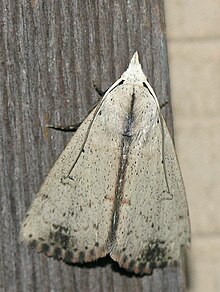
| |
| Scientific classification | |
| Domain: | Eukaryota |
| Kingdom: | Animalia |
| Phylum: | Arthropoda |
| Class: | Insecta |
| Order: | Lepidoptera |
| Superfamily: | Noctuoidea |
| Family: | Erebidae |
| Genus: | Scolecocampa |
| Species: | S. liburna
|
| Binomial name | |
| Scolecocampa liburna (Geyer, 1837)
| |
| Synonyms | |
| |
Scolecocampa liburna, the dead-wood borer, is a moth in the family Erebidae. The species was first described by Carl Geyer in 1837. It is found in the US from southern Wisconsin and Michigan to central New England south to Florida and Texas.
The wingspan is 35–43 mm. Adults are on wing from late May to late July and again in late August in southern Ohio. There seems to be one generation in the north. There are more generations southward.
The larvae tunnel in fallen branches and trunks of chestnut, hickory, oak, sycamore and other trees. Larvae have also been recorded from fallen dead tulip trees.
References
[edit]- Wagner, David L.; Schweitzer, Dale F.; Sullivan, J. Bolling & Reardon, Richard C. (2011). Owlet Caterpillars of Eastern North America. Princeton University Press. ISBN 978-0691150420.
- "930637.00 – 8514 – Scolecocampa liburna – Deadwood Borer Moth – (Geyer, 1837)". North American Moth Photographers Group. Mississippi State University. Retrieved March 24, 2020.
- Cotinis (November 21, 2015). "Species Scolecocampa liburna - Dead-wood Borer Moth - Hodges#8514". BugGuide. Retrieved March 24, 2020.







